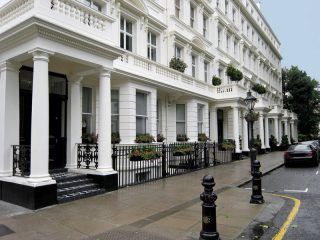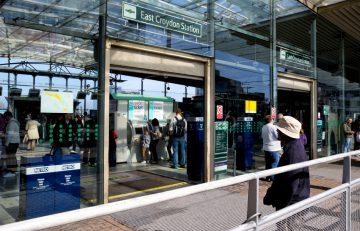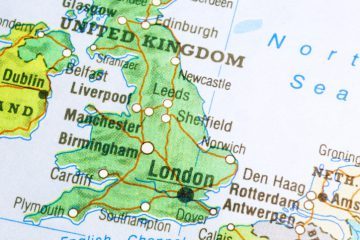Brexit Uncertainty is Biting UK GDP and Housing Growth, Reports PwC
In its latest UK Economic Outlook, PwC forecasts that Brexit uncertainty is starting to bite UK GDP and housing growth.
UK GDP growth will slow from 1.8% in 2016 to around 1.5% in 2017 and 1.4% in 2018, according to the firm’s latest projections.
This is due to slower consumer spending growth and the drag on business investment, due to ongoing political and economic uncertainty relating to the outcome of the Brexit negotiations.
While UK economic growth held up better than expected in the six months following the Brexit vote, growth slowed in the first half of this year, as inflation rose sharply, which squeezed household spending power.
PwC expects consumer spending growth to continue to moderate during 2017-18, as inflation eats into real spending power and wage growth remains subdued, despite record employment rates. So far, consumers have offset this in part through higher borrowing, but there are limits to how much further this can go, as household savings ratios have already dropped to very low levels. On the other hand, the weak pound should also have some offsetting benefits for net exports, as will a stronger global economy.

Brexit Uncertainty is Biting UK GDP and Housing Growth, Reports PwC
The Chief Economist at PwC, John Hawksworth, explains: “Brexit-related uncertainty may hold back business investment, but this should be partly offset by planned rises in public investment. Fiscal policy could also be further relaxed in the 2017 Autumn Budget to offset the ongoing real squeeze on household spending power.
“There are still downside risks relating to Brexit, but there are also upside possibilities if negotiations go smoothly and the recent eurozone economic recovery continues. We expect the UK to suffer a moderate slowdown, not a recession, but businesses should be monitoring this and making contingency plans.”
Housing growth loses momentum
In the property market, PwC projects a slowdown in growth, with house price inflation at 3.7% in 2017 – down from 7% in 2016. The average house price could be worth around £220,000 this year – £8,000 higher than last year – and could rise to more than £300,000 by 2025, the firm warns.
Property sales, which tend to be more volatile than prices, are where Brexit uncertainty has manifested itself most strongly. Year-on-year, the number of transactions has been down for 12 consecutive months.
The London property market has been most severely affected by economic and political uncertainty, in addition to the recent change to Stamp Duty. Price growth in the capital for the first four months of 2017 was around 4%, compared with about 13% for the same period in 2016. PwC expects London’s housing market to continue to slow, with just 2.8% and 3.8% growth on average for 2017 and 2018 respectively.
Elsewhere in the UK, the East of England and southern regions will continue to grow above the UK average, the firm believes, while Northern Ireland and the North East will continue to lag behind. While the average house price across the UK has risen by 17% since mid-2007, over a quarter of all local authorities are still below their 2007 peaks.
Richard Snook, a Senior Economist at PwC, comments: “There is a huge disparity in how sub-regional housing markets have performed since the recession. The local authorities that have experienced the greatest falls in house prices since 2007 are all based in Northern Ireland, while London dominates biggest risers, with all boroughs experiencing price growth of over 50%.”
PwC’s analysis has also found that London’s property market has seen a structural shift recently, as house price growth has moved outward from the capital. Growing unaffordability within London, coupled with policy reform, has seen house prices in prime central boroughs slow, while values in outer boroughs and the commuter belt have risen.
Over the last two years, house prices in the outer boroughs have increased nine percentage points faster than in inner boroughs, while growth in the fastest growing cities within the commuter belt (including Basildon, Luton and Slough) exceeded those in London by four percentage points.
Snook concludes: “The affordability crisis within London has seen first time buyers in particular struggling to buy in the capital. In 2016, house prices in London were 13 times median earnings, while the 15 commuter belt towns offer a lower – albeit still high – ratio of nine times earnings.
“Essex appears to be a key commuter hotspot, with lower historical house prices than commuter towns west of London.”









